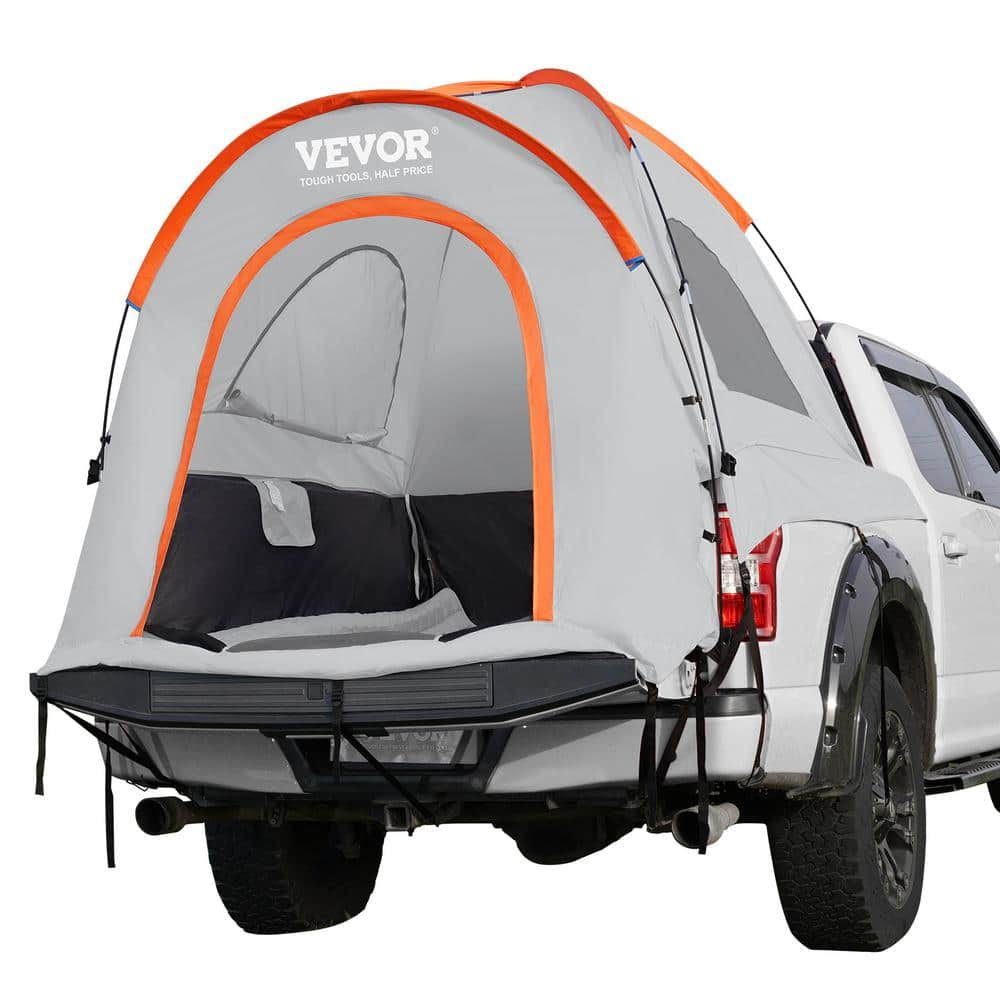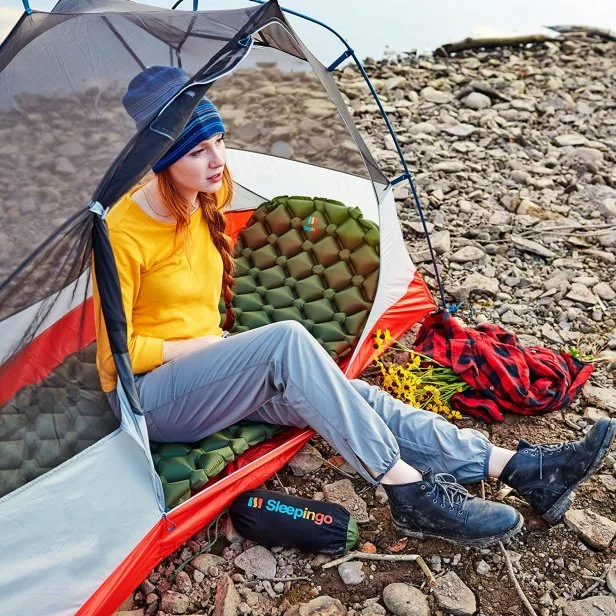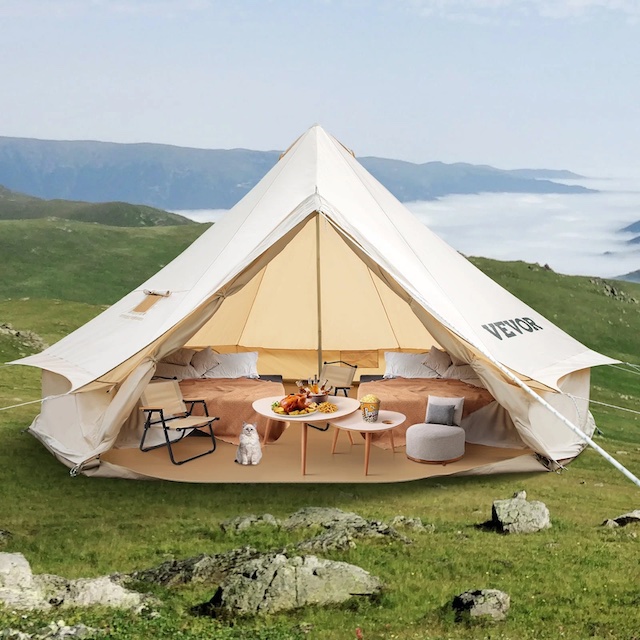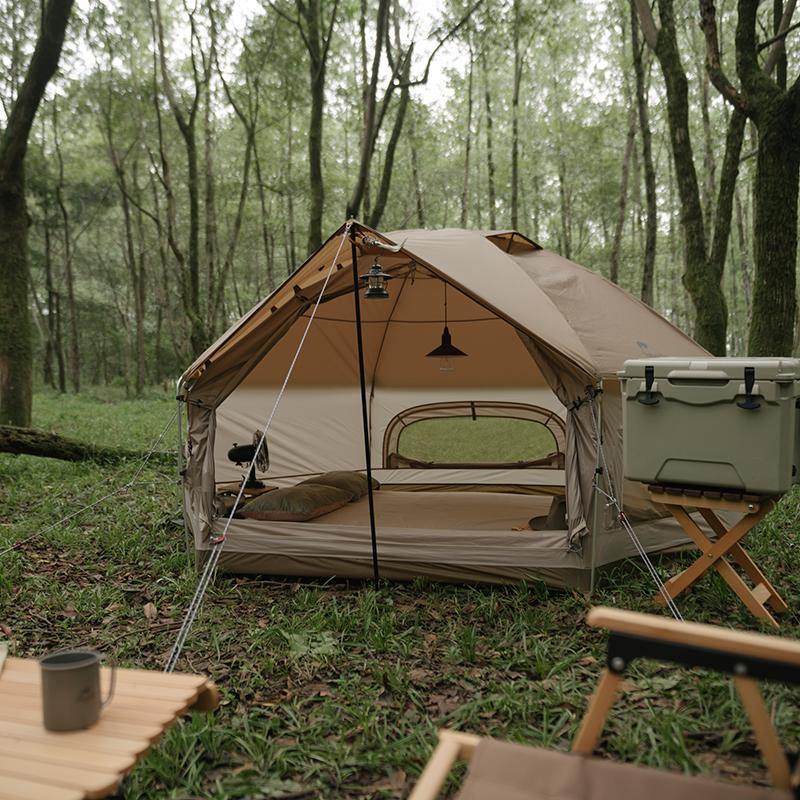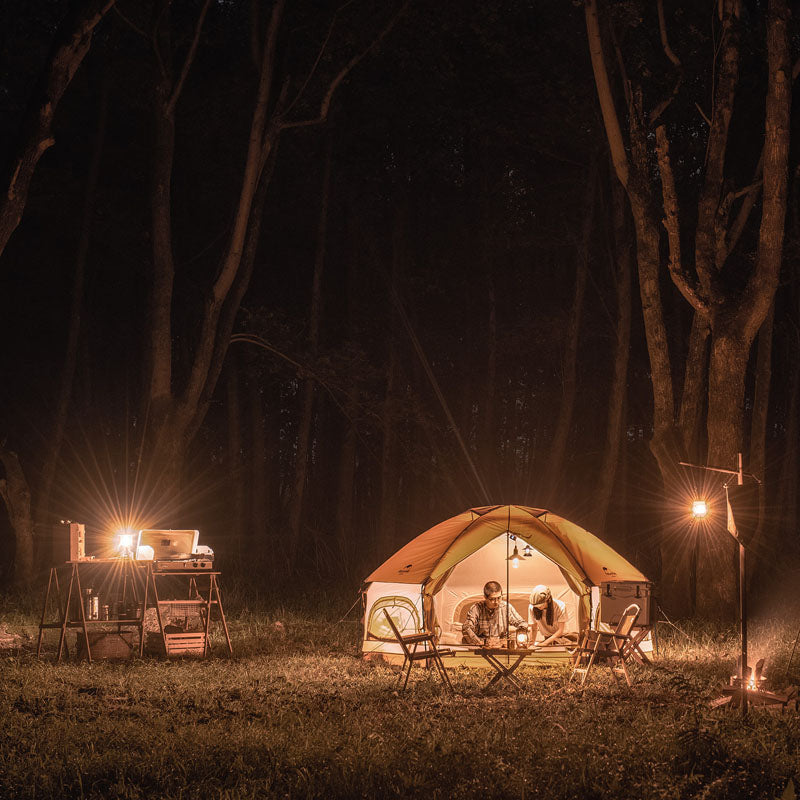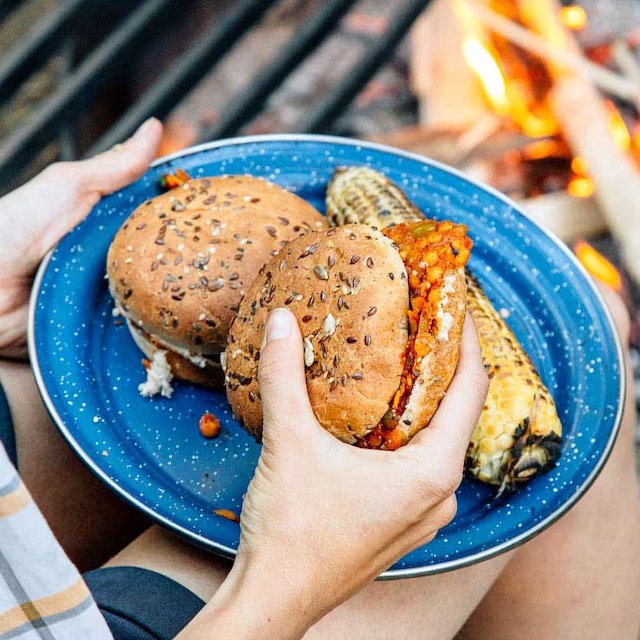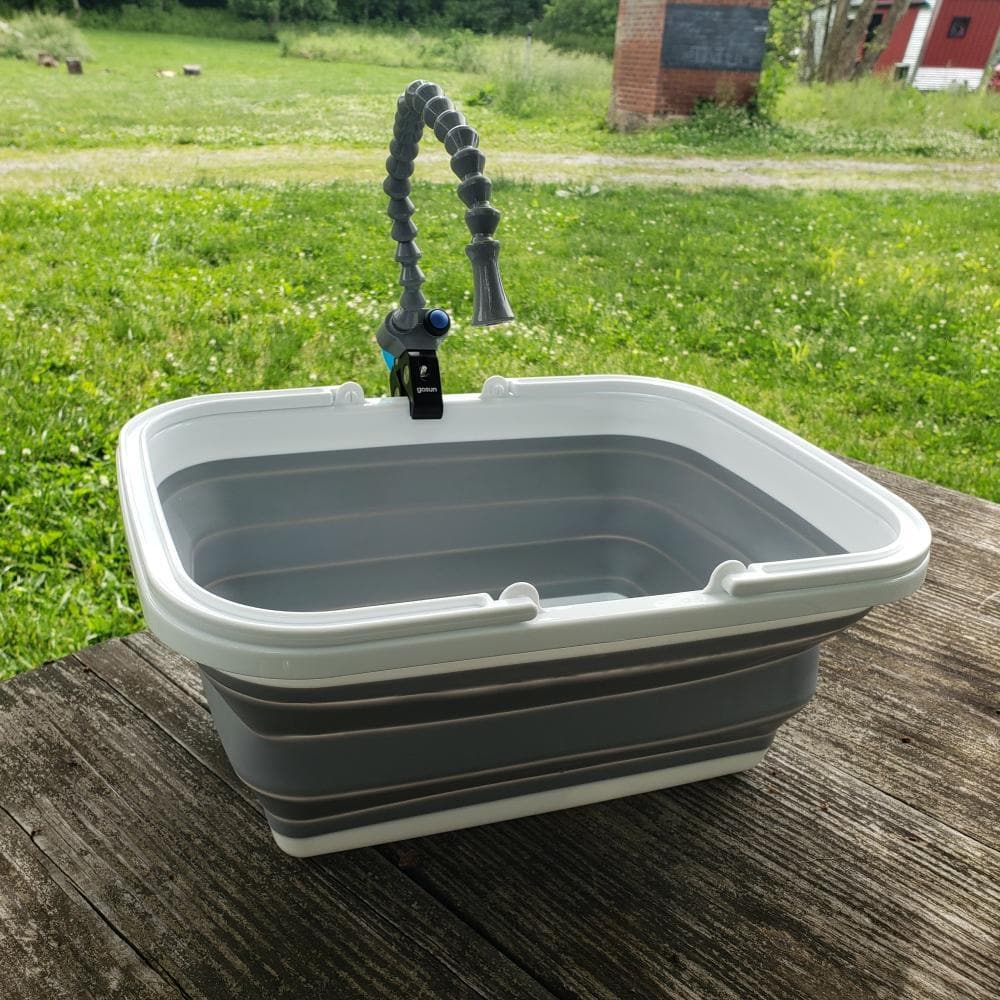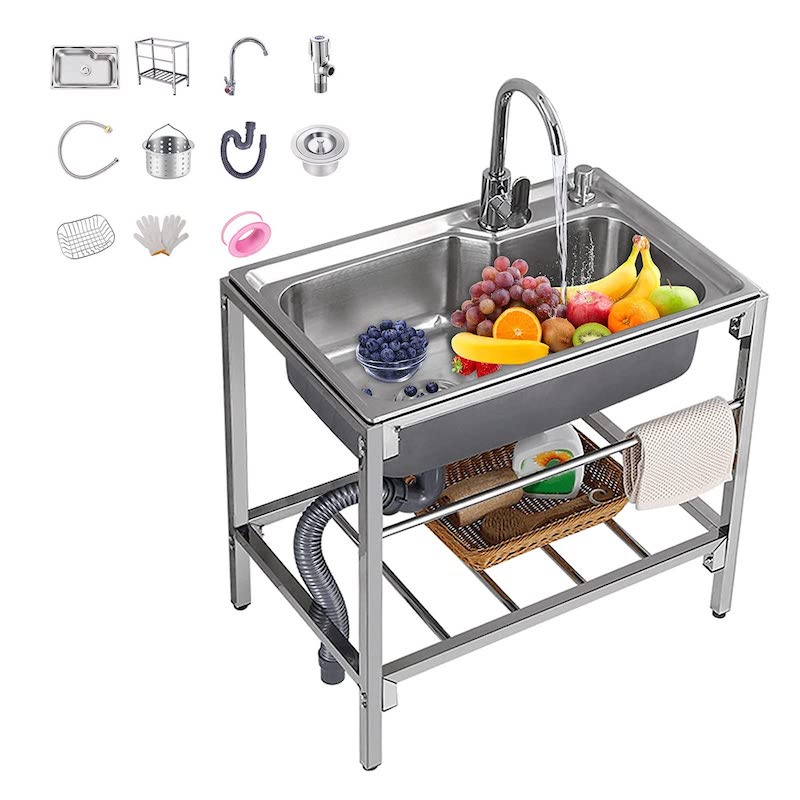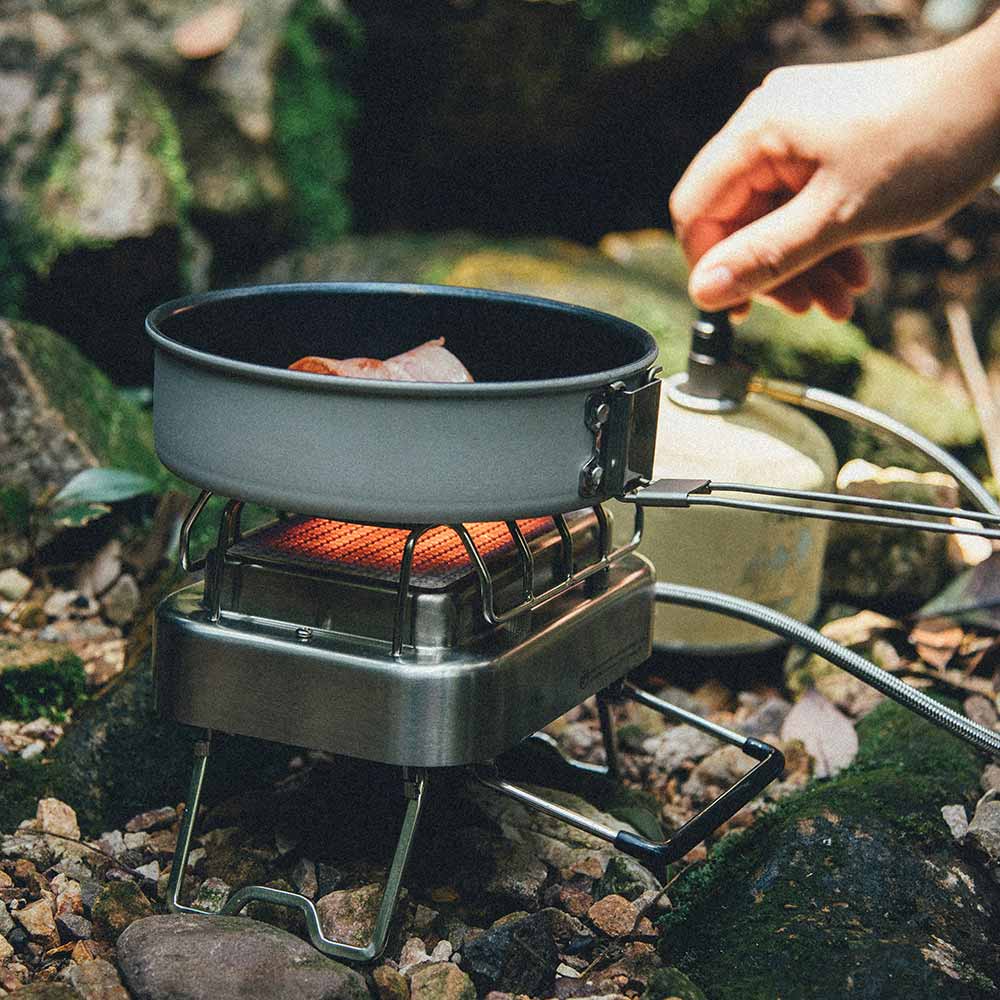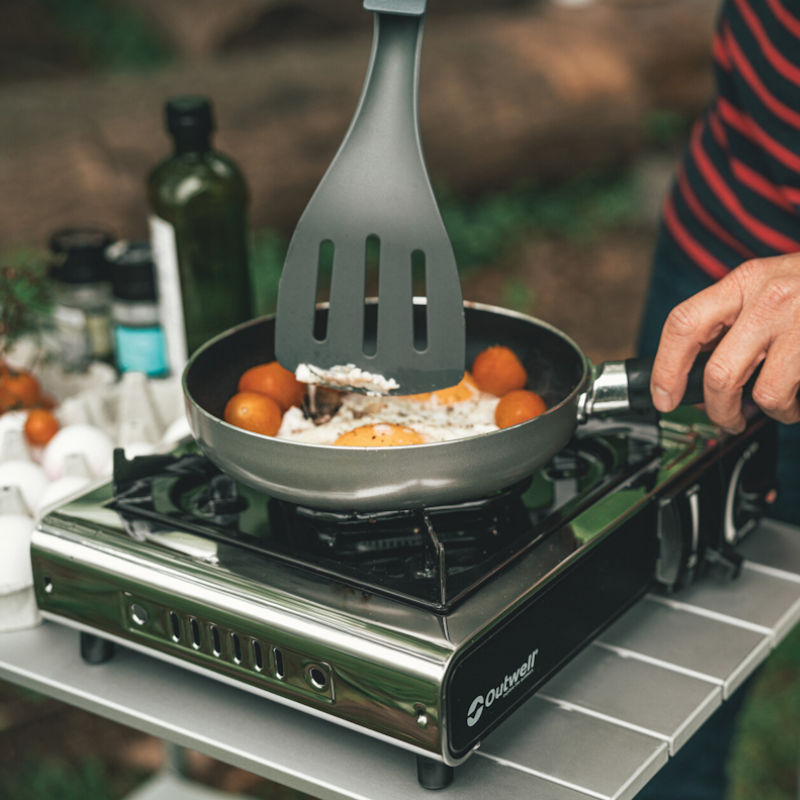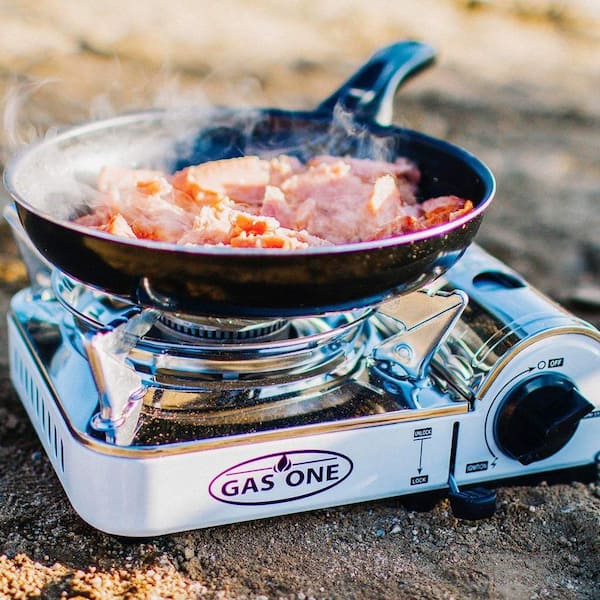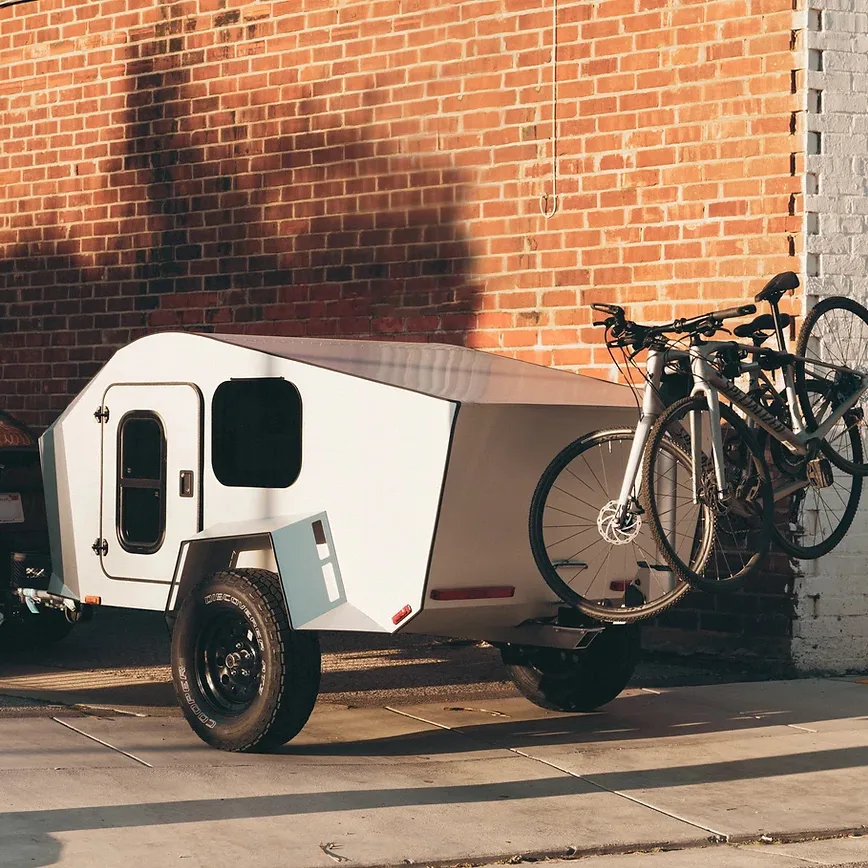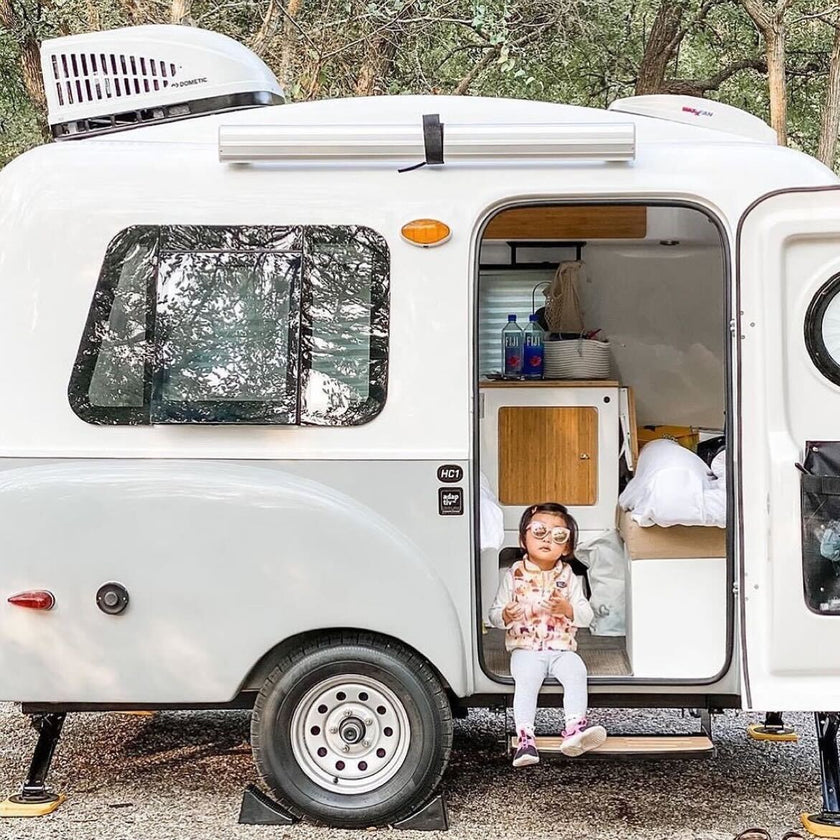Introduction
Camping has long been a popular pastime for many outdoor enthusiasts, offering a unique way to escape the hustle and bustle of daily life and reconnect with nature. Over the years, camping cars have gained popularity as a convenient and comfortable way to enjoy the great outdoors while still having access to essential amenities.
Part 1: What is a Camping Car?
At the most basic level, a camping car, also known as a camper van or motorhome, is a type of vehicle that is equipped with living quarters for camping or traveling. These vehicles come in a variety of sizes and designs, offering different levels of comfort and amenities to suit the needs of individual campers.
Level 1: Types of Camping Cars
There are several types of camping cars to choose from, including camper vans, Class B motorhomes, Class C motorhomes, and Class A motorhomes. Each type comes with its own set of features and benefits, catering to different preferences and budgets.
Level 2: Features and Amenities
Camping cars typically include sleeping accommodations, cooking facilities, and bathroom amenities. Some may also feature additional luxuries such as air conditioning, heating, entertainment systems, and outdoor living spaces. The level of comfort and convenience provided by a camping car will largely depend on its size and design.
Part 2: Benefits of Camping Cars
Camping cars offer a range of benefits that make them an attractive option for outdoor enthusiasts.
Level 1: Flexibility and Freedom
One of the key advantages of camping cars is the freedom and flexibility they offer. Campers have the freedom to travel to different destinations without the need for hotel accommodations, allowing them to explore off-the-beaten-path locations and stay in natural settings.
Level 2: Comfort and Convenience
Camping cars provide a level of comfort and convenience that traditional camping may not offer. With amenities such as a bed, kitchen, and bathroom, campers can enjoy the comforts of home while still being immersed in nature.
Part 3: Considerations When Choosing a Camping Car
When choosing a camping car, there are several factors to consider to ensure that the vehicle meets individual needs and preferences.
Level 1: Budget and Size
The size and type of camping car will largely depend on budget and personal preferences. Smaller camper vans may be more budget-friendly and easier to maneuver, while larger motorhomes offer more space and amenities but come with a higher price tag.
Level 2: Lifestyle and Travel Needs
Consider how the camping car will be used and what amenities are important for your lifestyle. Whether it’s long-term travel, weekend getaways, or full-time living, it’s essential to choose a vehicle that aligns with specific travel needs and preferences.
Part 4: Tips for Camping Car Maintenance and Safety
Camping cars require regular maintenance and proper care to ensure they remain safe and reliable for travel.
Level 1: Routine Maintenance
Regular maintenance tasks for camping cars include checking the engine, fluids, tires, and electrical systems. It’s important to follow a maintenance schedule and address any issues promptly to prevent breakdowns and ensure safe travels.
Level 2: Safety Considerations
When using a camping car, safety should be a top priority. Ensure that the vehicle is equipped with safety features such as smoke and carbon monoxide detectors, fire extinguishers, and emergency kits. It’s also essential to practice safe driving habits and be mindful of weight distribution and road conditions.
Part 5: Planning Your Camping Car Adventure
Before embarking on a camping car adventure, careful planning is essential to ensure a smooth and enjoyable experience.
Level 1: Route and Destinations
Plan the route and destinations for your camping car adventure, taking into account factors such as driving distance, access to amenities, and points of interest along the way. Consider whether you’ll be staying at campsites, boondocking, or parking in urban areas.
Level 2: Packing and Essentials
Pack essential items for your camping car adventure, including bedding, kitchen supplies, outdoor gear, and personal necessities. It’s important to strike a balance between being well-prepared and traveling light to maximize space and comfort in the camping car.

Part 6: Essential Gear for Camping Car Trips
When embarking on a camping car trip, it’s important to have the right gear to ensure a comfortable and enjoyable experience. Some essential items to pack include a tent, sleeping bags, cooking utensils, a portable stove, and a first aid kit. A reliable cooler or fridge for storing food and beverages is also a must-have. Additionally, packing plenty of water and insect repellent is essential for staying hydrated and warding off pesky bugs.
When it comes to clothing, it’s wise to pack layers for varying weather conditions. Comfortable hiking shoes or boots are essential for exploring the great outdoors, and don’t forget to bring along a good supply of sunscreen and a hat for protection from the sun. Other important items to consider include a camping chair, portable table, and a lantern or flashlight for nighttime activities. With the right gear in tow, camping car trips can be a truly enjoyable and worry-free experience.
Part 7: Safety Tips for Camping Car Adventures
While camping car trips offer the freedom to explore the great outdoors, it’s important to prioritize safety at all times. Before heading out on your adventure, it’s crucial to thoroughly inspect your vehicle, ensuring that it is in good working condition. This includes checking the tires, brakes, lights, and all other essential components. It’s also wise to have a backup plan in case of emergencies, such as a breakdown or getting lost.
When setting up camp, be mindful of potential hazards such as uneven ground, sharp objects, or nearby wildlife. Keeping a safe distance from wild animals and properly securing food to prevent attracting them to your campsite is crucial. Additionally, always follow campsite regulations and be mindful of any fire restrictions in the area. It’s important to have a clear communication plan in place and to let someone know your itinerary and expected return date. By prioritizing safety, camping car adventures can be enjoyable and worry-free experiences for all.
Part 8: Exploring Campsite Activities with a Camping Car
One of the many perks of camping car trips is the freedom to explore diverse and exciting campsite activities. Depending on the location, campers can enjoy various outdoor pursuits such as hiking, fishing, birdwatching, and wildlife spotting. Many campsites also offer amenities such as swimming areas, playgrounds, and picnic spots for families and groups to enjoy. For those looking for a more adventurous experience, there are opportunities for rock climbing, mountain biking, and water sports at select locations.
In addition to traditional outdoor activities, many campsites offer organized events such as guided nature walks, stargazing sessions, and educational programs for all ages. For those seeking a more laid-back experience, there are plenty of opportunities for relaxation, including reading by the campfire, stargazing, and enjoying the natural beauty surrounding the campsite. With so many options available, camping car trips provide endless opportunities for exploration and enjoyment at various campsites.
Conclusion
Camping cars offer a unique and convenient way to experience the great outdoors while still enjoying the comforts of home. Whether you’re a seasoned camper or new to the outdoor lifestyle, a camping car can provide the flexibility, comfort, and freedom to embark on memorable adventures. With careful planning and maintenance, a camping car can be a reliable and enjoyable travel companion for years to come.
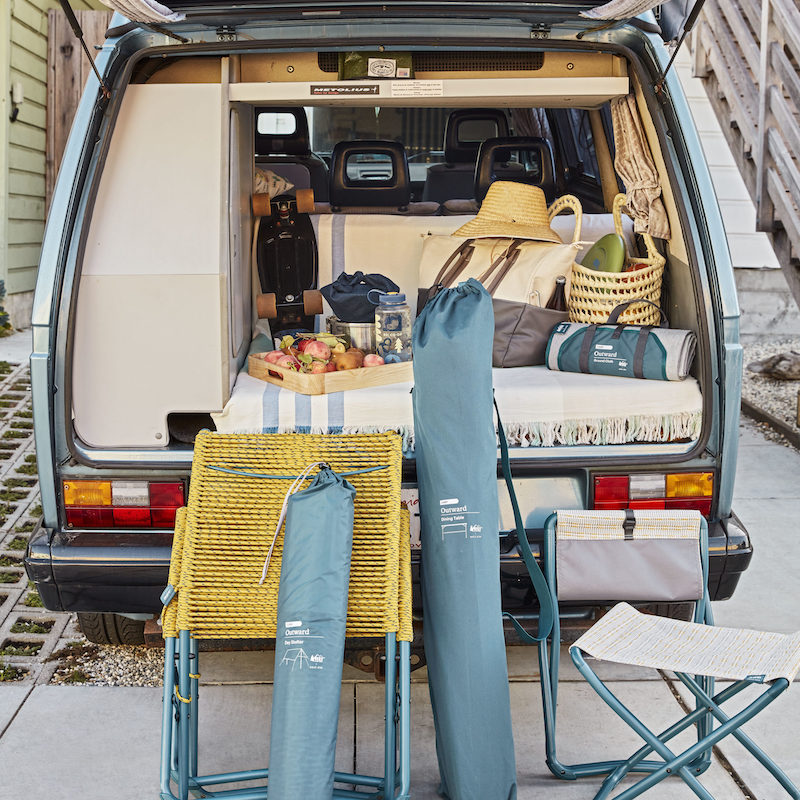

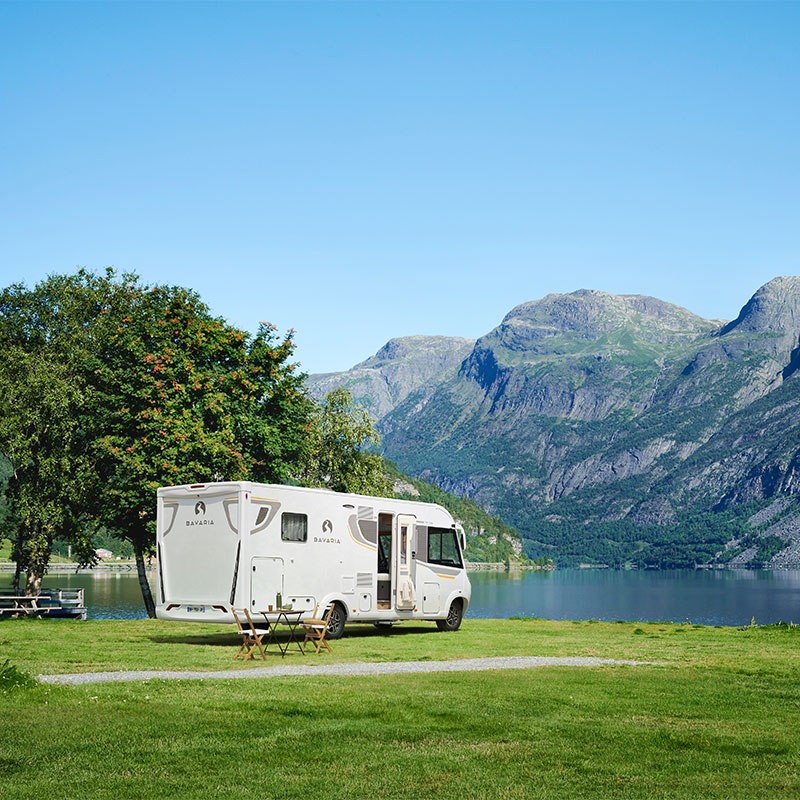

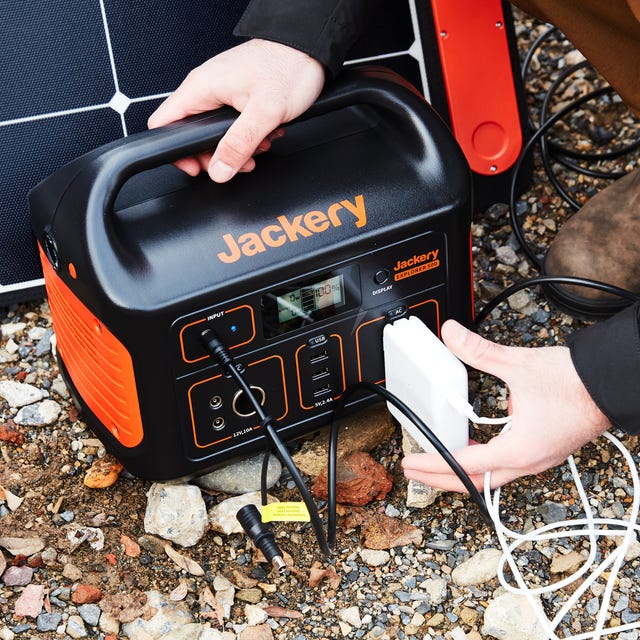


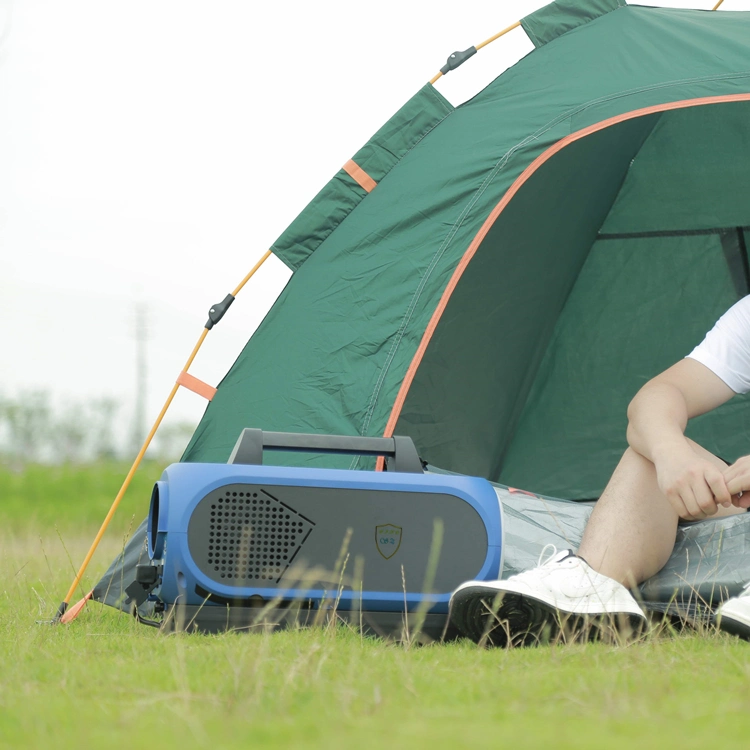
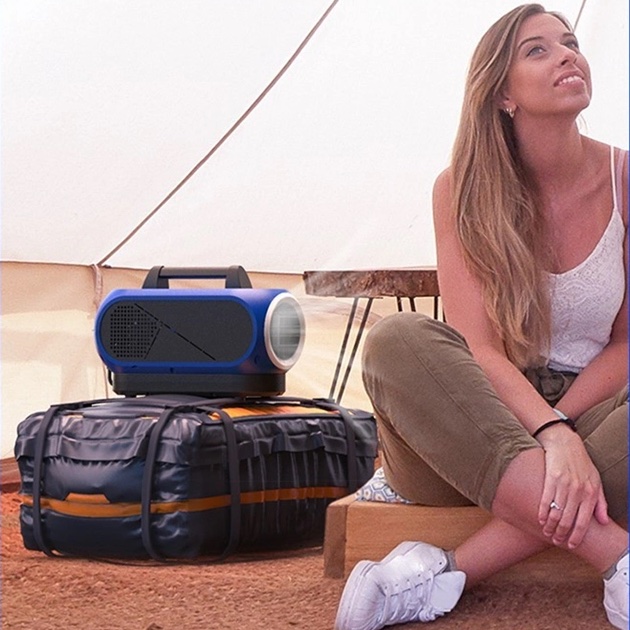

 Conclusion
Conclusion

